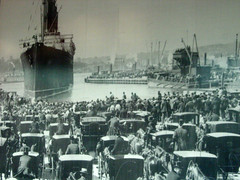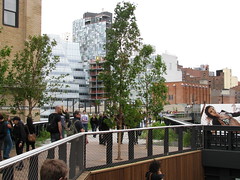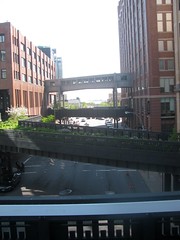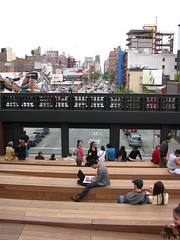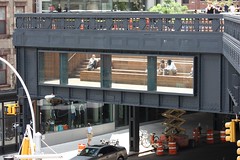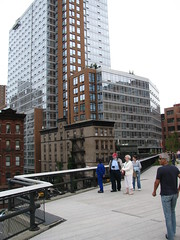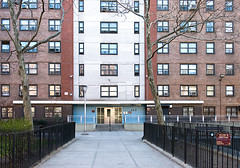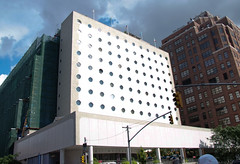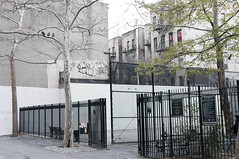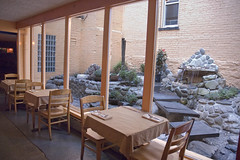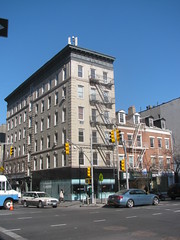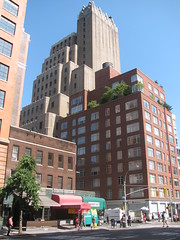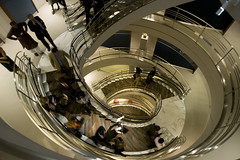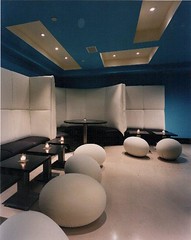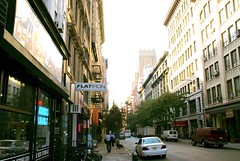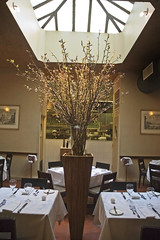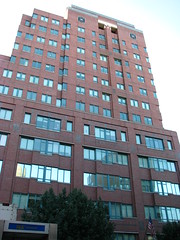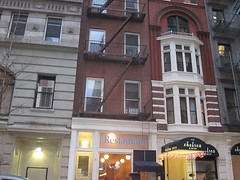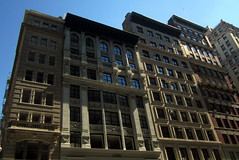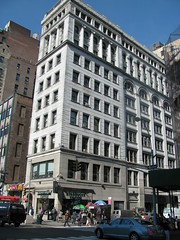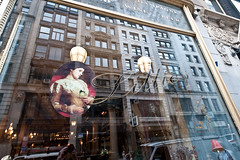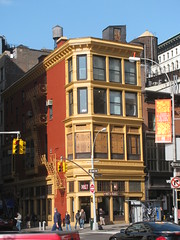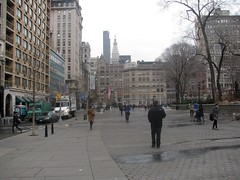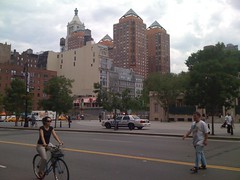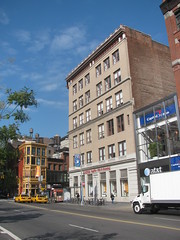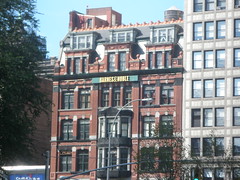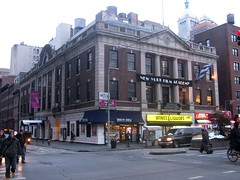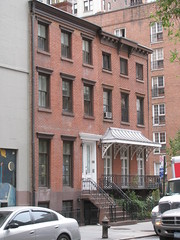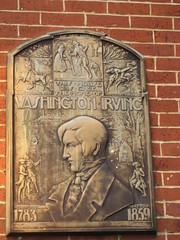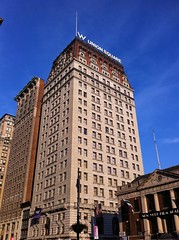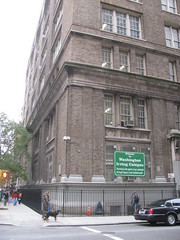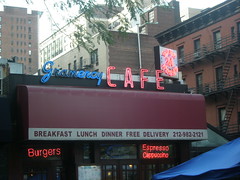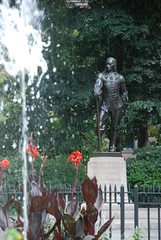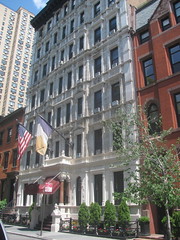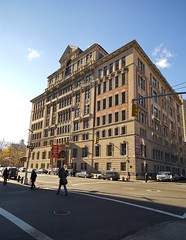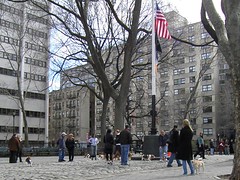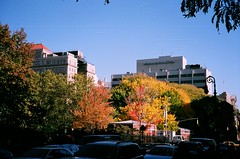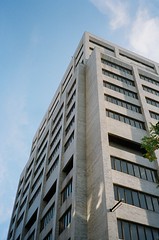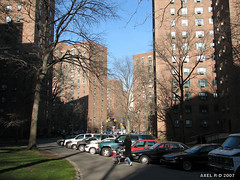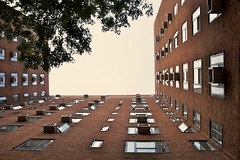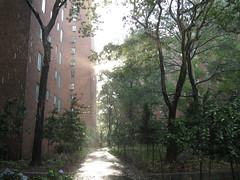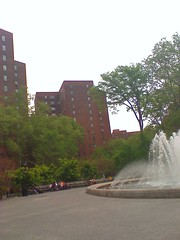North:
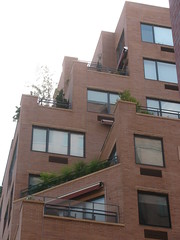
63 (corner): Lyla, condos built 2003.
55: Charles P. Rogers beds, established 1855
51: A 1907 grey-brick loft designed by Grosvenor Atterbury for investor Henry Phipps--Christopher Gray calls it "particularly handsome."
47: A.I. Friedman, paper, books, framing etc.
37: Retreat Lounge, which uses antlers in all of its decorating, was 17, rock 'n' roll lounge;
Basta Pasta, Japanese/Italian fusion
33: 17th Street Photo was Chelsea Kids Quarters, children's furniture.
Upstairs is
Lens & Repro Equipment Corp., a store for camera buffs.
31: Aldea ("Village"), Spanish opened in 2009, is on the ground floor of Flatiron 17, condo built 2008.
29: Karaoke One7 is in a 1907 loft that markedly slants to the left.
23-27: The Association in Manhattan for Autistic Children is in an 11-story Beaux Arts building from 1904 designed by Buchman & Fox.
21: BLT Fish, part of the Bistro Laurent Tourondel empire,
was AZ, restaurant/club.
13: Pangea Salon & Spa
11: Rye House, whiskey bar, is a "narrow, gawky" 1908 loft, built by developer Edward Browning, whose initials ("EWB") are on the facade. In 1972, this building was home to The New York Ace, an underground paper whose writers included P.J. O'Rourke and Richard Meltzer. Other tenants at the time reportedly included the scandal sheet The National Peeping Tom, the Communist Party's New York City headquarters and Broadway star Tommy Tune.
9: This vacant lot had the office of the Goelet family,
important developers, until they moved to
the Goelet Building at Broadway and 20th. The charming
three-story Dutch Renaissance building, designed by McKim, Mead & White, was here from 1886 until 1952.
Corner (120 5th Ave): Gap Body is in an
11-story 1906 building by John B. Snook & Sons. This seems to be the location of No. 118 as well, home of the
JL Mott Iron Works, a plumbing supply shop that entered art history in April 1917 when Marcel Duchamp
bought a urinal here and renamed it Fountain, launching the idea
that anything could be art.
| 